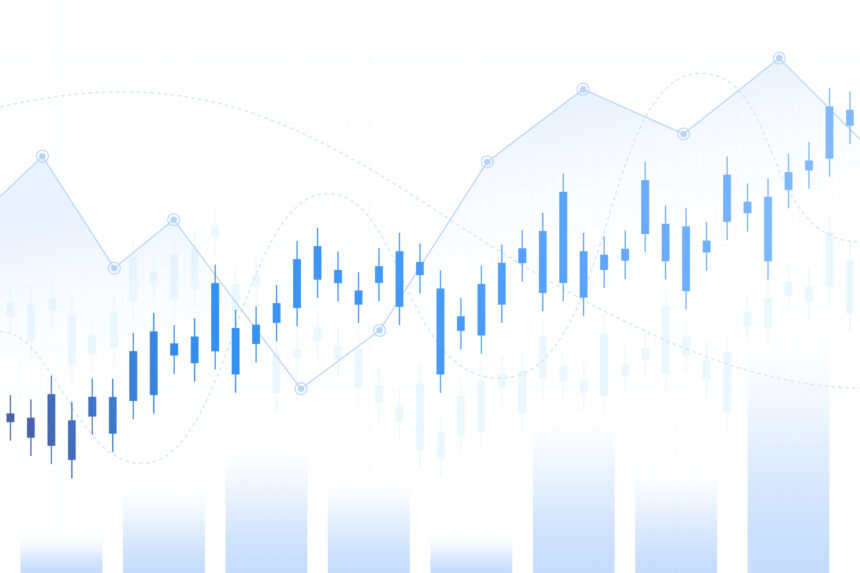Forex trading, also known as foreign exchange trading, is a popular investment strategy that involves buying and selling currencies in the global currency market. One of the strategies used by forex traders to generate profits is called carry trade. Carry trade takes advantage of interest rate differentials between currencies and aims to profit from the interest rate spread.
Interest rate differentials occur when there is a difference in interest rates between two countries. Central banks in each country set interest rates to control inflation and stimulate economic growth. When there is a higher interest rate in one country compared to another, it creates an opportunity for carry traders to profit.
The concept behind carry trade is relatively simple. A trader borrows money in a currency with a low-interest rate and then uses that money to buy a currency with a higher interest rate. The trader earns the interest rate differential or the carry as long as the exchange rate between the two currencies remains stable or moves in their favor.
To illustrate this strategy, let’s consider an example. Suppose a trader decides to execute a carry trade using the Japanese yen (JPY) and the Australian dollar (AUD). At the time of the trade, the interest rate in Japan is 0.10% per annum, while in Australia, it is 2.50% per annum. The trader borrows Japanese yen at the low-interest rate of 0.10% and converts it into Australian dollars, which they then deposit in an Australian bank to earn the higher interest rate of 2.50%.
Assuming the exchange rate between JPY and AUD remains stable during the trade, the trader would earn the interest rate differential of 2.40% (2.50% – 0.10%). If the trader had borrowed 100 million yen (JPY) and held the trade for one year, they would make a profit of 2.4 million yen (JPY) from the interest rate differential alone.
Carry trade strategies are not without risks, and it’s essential to consider several factors before engaging in this trading approach. One significant risk is currency exchange rate fluctuations. While the carry trader benefits from interest rate differentials, they are exposed to potential losses if the exchange rate moves unfavorably. If the higher-yielding currency depreciates significantly against the lower-yielding currency, the carry trade profits could be wiped out, or even result in a net loss.
Additionally, market sentiment, economic indicators, and geopolitical events can impact exchange rates and interest rates, adding volatility and uncertainty to carry trades. Changes in monetary policies by central banks can also affect interest rate differentials and alter the attractiveness of carry trades. Therefore, it is crucial for carry traders to stay informed about economic developments, monitor interest rate announcements, and closely follow market trends.
Despite the risks involved, carry trade has been a popular strategy among forex traders, especially during periods of low-interest rates and stability in the global financial markets. Traders seek to profit from the consistent income generated by the interest rate differentials, often over longer timeframes to mitigate short-term volatility.
It’s important to note that carry trade is not limited to individual traders. Institutional investors, hedge funds, and large financial institutions also engage in carry trades, capitalizing on the substantial capital they can deploy in the market.
In conclusion, carry trade is a forex trading strategy that allows traders to profit from interest rate differentials between currencies. By borrowing at a low-interest rate and investing in a higher-yielding currency, traders can earn the interest rate spread as long as exchange rates remain stable. However, carry trade involves risks, primarily from currency exchange rate fluctuations, and requires careful monitoring of economic and market conditions. As with any investment strategy, thorough research, risk management, and a disciplined approach are key to success in carry trade.










